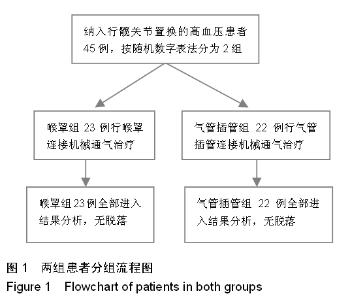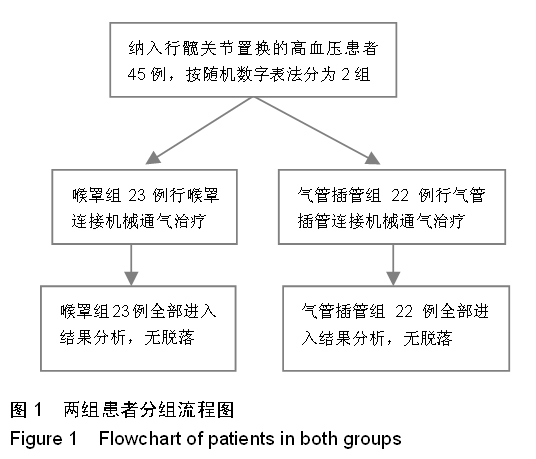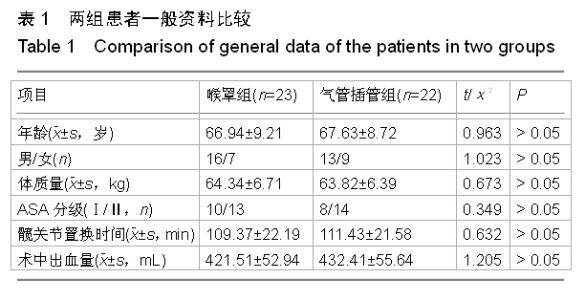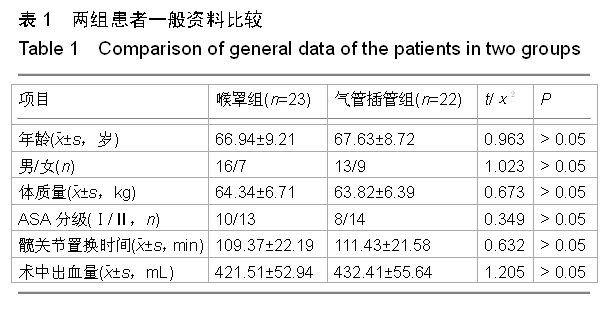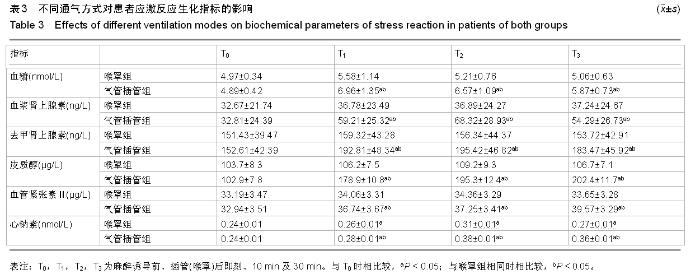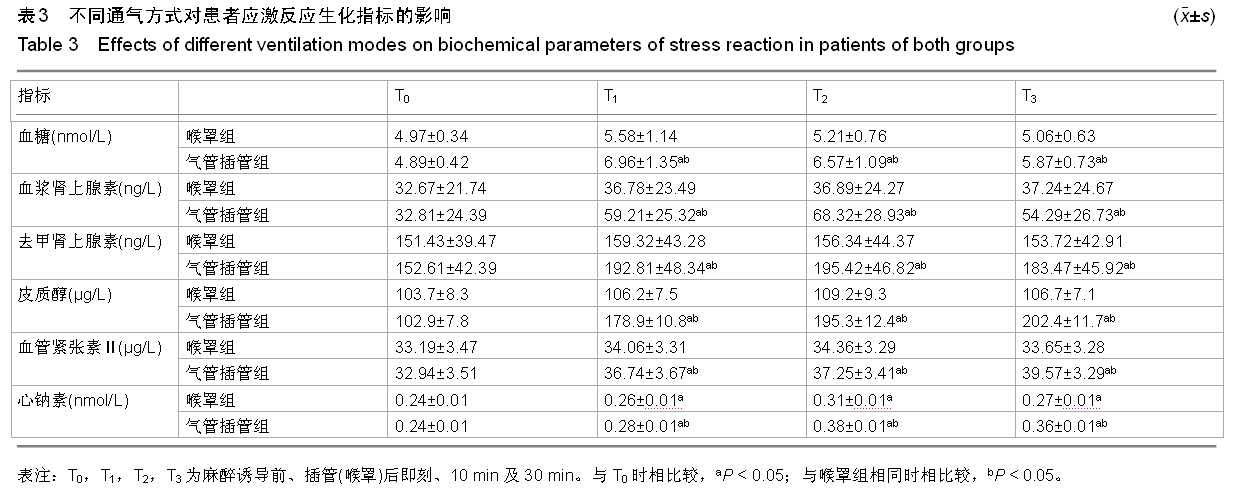| [1] 胡晨姣.老年髋部骨折的致伤原因及危险因素分析[J].中国现代医生,2013,51(26):40-42,45.
[2] 郭永智,王晓伟,刘智,等.老年骨质疏松性髋部骨折风险预测[J]. 中国骨与关节损伤杂志, 2012,27(10):879-881.
[3] SooHoo NF, Farng E, Chambers L, et al. Comparison of complication rates between hemiarthroplasty and total hip arthroplasty for intracapsular hip fractures. Orthopedics. 2013;36(4):e384-389.
[4] 李广伟.人工髋关节置换治疗严重髋关节疾病[J].中国组织工程研究, 2013,17(13):2297-2304.
[5] 周源,王静成,胡翰生.高龄股骨颈骨折全髋与半髋方式的选择[J].中国组织工程研究,2014,18(17):2637-2642.
[6] 黄晓,莫冰峰,尹东,等.老年髋部骨折后死亡的相关影响因素分析[J].中国矫形外科杂志,2013,21(8):757-761.
[7] 高珊.手术应激反应的监测与调控[J].医学综述, 2014,20(11): 2011-2013.
[8] 仲勇,周嘉,袁岚.两种不同麻醉方式对患者围手术期应激的影响[J].上海交通大学学报:医学版,2013,33(12):1681-1683.
[9] 彭明清,李敏,李远,等.单侧腰麻对老年髋关节置换手术应激反应影响的研究[J].重庆医学,2012,41(22):2258-2259,2262.
[10] 熊涛,钟世雄,廖敏.蛛网膜下隙阻滞与全身麻醉对髋关节置换术血流动力学和应激反应的影响比较[J].现代中西医结合杂志, 2011,20(23):2947-2948.
[11] 李建立,王蓓,朱喜春,等.右美托咪定对高血压患者双腔气管插管应激反应的影响[J].中国新药与临床杂志,2013,23(5):368-371.
[12] 张海山. Supreme喉罩对老年全髋置换术患者气管插管反应的影响[J].重庆医科大学学报,2012,37(12):1093-1096.
[13] 蒋燕,龙勤,雷晓峰,等.Supreme喉罩和气管插管在全身麻醉应用中的对比研究[J].重庆医学,2012,41(29):3061-3063.
[14] 熊含春,陈雄林.不同麻醉药物对老年腹腔镜胆囊切除术患者麻醉深度及应激反应的影响[J].中国老年学杂志, 2012,32(21): 4626-4628.
[15] 袁莉,王世端,阎玮,等.右美托咪啶对高血压患者麻醉诱导期间血流动力学稳定性的影响[J]. 中华临床医师杂志(电子版),2011, 5(23):7092-7095.
[16] 张华.高血压患者手术麻醉和预防血压波动措施问题的探讨[J]. 中国医药指南,2011,9(36):472-473.
[17] 徐蓉,李乐之,梁敉宁,等.气管内插管全麻患者术后咽喉部并发症研究进展[J].中国现代手术学杂志,2014,18(1):76-79.
[18] Das S, Gupta SD, Goswampi A, et al. Comparative study of heart rate responses to laryngoscopic endotracheal intubation and to endotracheal intubation using intubating laryngeal mask airway under general anaesthesia in patients with pure mitral stenosis for closed mitral commissurotomy. J Indian Med Assoc. 2013;111(4):239-40,242-4.
[19] Sulaiman S, Karthekeyan RB, Vakamudi M, et al. The effects of dexmedetomidine on attenuation of stress response to endotracheal intubation in patients undergoing elective off-pump coronary artery bypass grafting. Ann Card Anaesth. 2012;15(1):39-43.
[20] 井郁陌,孙国明,刘亚妹,等.SLIPA喉罩与气管插管在老年全麻手术中的应用比较[J]. 临床麻醉学杂志,2010,26(7):587-589.
[21] Choyce A, Avidan MS, Harvey A, et al. The cardiovascular response to insertion of the intubating laryngeal mask airway. Anaesthesia. 2002;57(4):330-333. |
